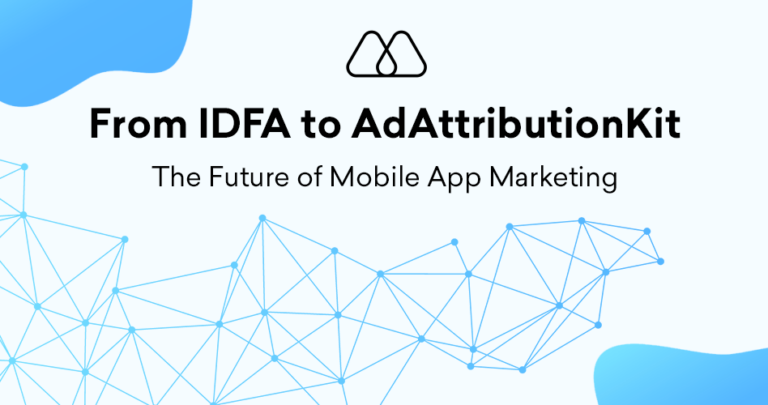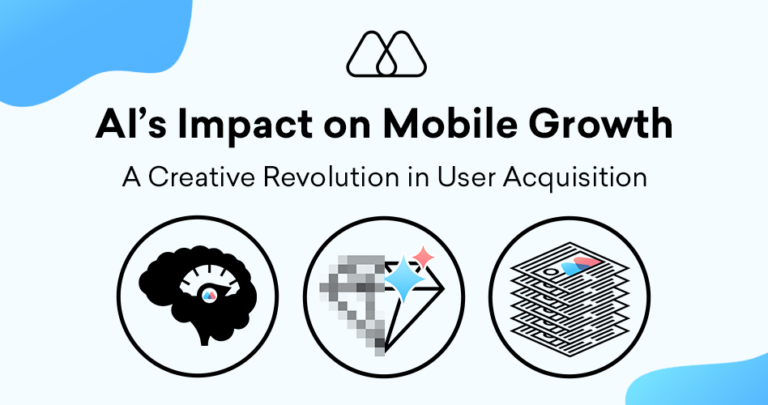The ever-evolving landscape of mobile app advertising demands sophisticated strategies for user acquisition, campaign optimization, and measurement. The Identifier for Advertisers (IDFA) has long played a pivotal role in these efforts, enabling targeted advertising and effective campaign evaluation. However, recent privacy regulations and technological advancements have significantly impacted the IDFA’s prevalence and effectiveness. This article delves into the IDFA, exploring its definition, historical significance, challenges it faces, and alternative solutions for navigating the evolving mobile app advertising landscape.
What is the Identifier for Advertisers (IDFA)?
The Identifier for Advertisers (IDFA) is a unique, random identifier Apple assigns to each iOS device. This identifier functions similarly to a browser cookie but remains persistent across different apps on the same device. Advertisers leverage the IDFA to track user behavior within apps, enabling them to:
- Deliver Targeted Advertising: By understanding user interactions with specific apps and categories, advertisers can deliver more relevant and personalized ad experiences, potentially increasing engagement and conversion rates.
- Measure Campaign Performance: The IDFA allows advertisers to attribute ad impressions, clicks, and conversions to specific campaigns, providing valuable insights for optimization and budget allocation.
- Prevent Ad Fraud: Using IDFAs can help identify and mitigate fraudulent activity within the mobile app advertising ecosystem.
The Historical Significance of the IDFA in Mobile App Advertising
Before the rise of privacy regulations and alternative solutions, the Identifier for Advertisers (IDFA) was the cornerstone of targeted advertising and campaign measurement within the iOS app ecosystem. Here’s a breakdown of its historical significance:
- Facilitated Targeted Advertising: The IDFA empowered advertisers to target users based on their app usage and in-app behavior, leading to more relevant and effective advertising campaigns.
- Enabled Campaign Measurement and Optimization: By attributing user actions to specific campaigns through the IDFA, advertisers gained valuable insights into campaign performance, allowing them to optimize strategies for maximum impact.
- Fueled the Growth of the Mobile App Advertising Industry: The IDFA facilitated a data-driven approach to mobile app advertising, contributing significantly to the industry’s growth and development.
Challenges and Uncertainties Surrounding the IDFA
With the growing emphasis on user privacy and data protection, the IDFA has faced significant challenges in recent years:
- Privacy Regulations: Regulations like the General Data Protection Regulation (GDPR) and California Consumer Privacy Act (CCPA) have empowered users with greater control over their data, making it more difficult for advertisers to rely solely on the IDFA for tracking purposes.
- App Tracking Transparency (ATT) Framework: Apple’s introduction of the App Tracking Transparency (ATT) framework in iOS 14.5 granted users the option to opt out of IDFA tracking altogether. This has significantly reduced the availability of IDFAs for advertisers.
- Limited Functionality on Non-iOS Devices: The IDFA is specific to Apple’s iOS ecosystem and has no equivalent on Android devices, creating a fragmented landscape for cross-platform mobile app advertising.
5 Key Takeaways: Navigating the Evolving IDFA Landscape
As the IDFA’s role in mobile app advertising diminishes, advertisers must adapt their strategies. Here are 5 key takeaways for navigating this evolving landscape:
- Embrace Contextual Targeting: Shift focus from user-level targeting to contextual targeting strategies. Consider factors like the app’s content, user demographics, and real-time contextual signals to deliver relevant ads.
- Leverage First-Party Data: Prioritize collecting and utilizing first-party data obtained directly from users with their consent. This data can be invaluable for creating targeted audience segments and personalized ad experiences.
- Invest in Privacy-Preserving Solutions: Explore contextual solutions and privacy-preserving measurement methodologies that adhere to evolving data privacy regulations.
- Embrace a Multi-Touch Attribution Model: Move beyond last-click attribution and adopt a multi-touch attribution model to understand the cumulative impact of various touchpoints across the user journey.
- Focus on Measurement and Optimization: Continuously monitor campaign performance with the available measurement solutions. Adapt strategies based on data insights to optimize campaigns for maximum return on investment (ROI).
Alternative Solutions for Mobile App Advertising Measurement
While the Identifier for Advertisers (IDFA) future remains uncertain, several alternative solutions have emerged to assist advertisers in navigating the evolving mobile app advertising landscape:
- SKAdNetwork (SKAN): Apple’s SKAdNetwork (SKAN) framework offers a privacy-preserving solution for measuring app install conversions without directly identifying individual users.
- Aggregated Data Providers: Leverage aggregated data providers who collect and anonymize app usage data to offer insights into user behavior and campaign performance.
- Contextual Targeting Platforms: Utilize platforms specializing in contextual targeting that analyze app content and user context to deliver relevant advertising.
- First-Party Data Management Platforms (DMPs): Implement first-party data management platforms to centralize, organize, and activate user data collected with consent for effective targeting and campaign measurement.
The Future of the IDFA and Mobile App Advertising
The future of the Identifier for Advertisers (IDFA) remains uncertain. Apple may introduce alternative solutions or refine the ATT framework. Here are some potential scenarios:
- Limited IDFA Availability: The availability of IDFAs may continue to decline as more users opt out of tracking. Advertisers will need to rely more heavily on alternative solutions.
- Privacy-Preserving Measurement Techniques: Advancements in privacy-preserving measurement methodologies will likely play an increasingly significant role in mobile app advertising.
- Focus on First-Party Data and Contextual Targeting: Strategies that leverage first-party data and contextual targeting will become increasingly important for delivering relevant and effective mobile app advertising experiences.
The diminished role of the Identifier for Advertisers (IDFA) necessitates a strategic shift in mobile app advertising. By embracing contextual targeting, leveraging first-party data, exploring privacy-preserving solutions, and adopting a multi-touch attribution model, advertisers can navigate the evolving landscape and continue to achieve success. Focusing on measurement and optimization remains paramount to ensure campaigns deliver maximum impact in a privacy-conscious world.




